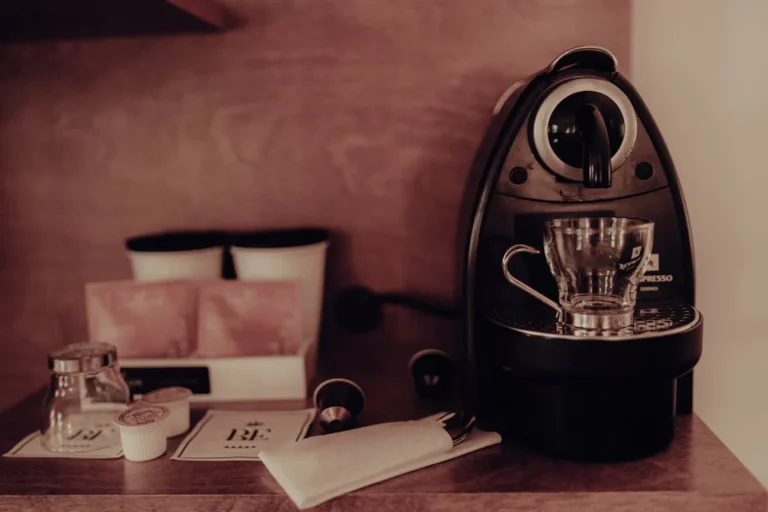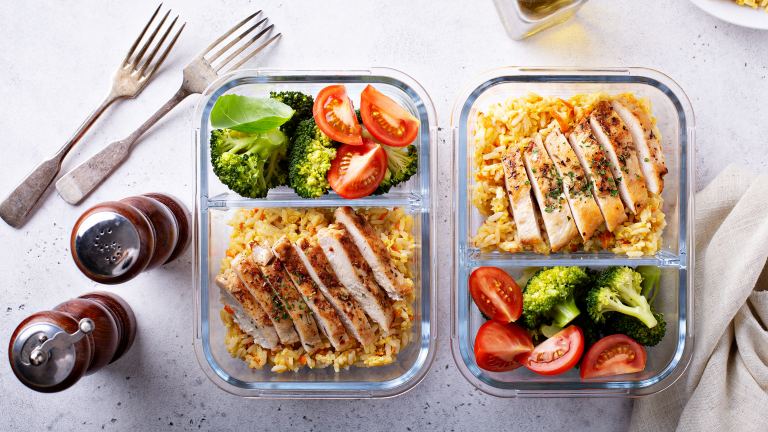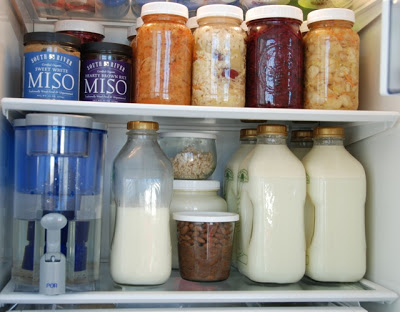Nothing beats the refreshing taste of a frozen treat when temperatures rise! While ice-cream and popsicles are classic go-to options, slushies offer an equally delicious way to cool down. If you’re intimidated by making slushies at home, then you’ve got to look at a quality slushie machine like a VEVOR, which turns your kitchen into a mini refreshment stand. Let’s explore how you can create tasty frozen treats right from your own home.
Choosing the Right Slushie Machine

Selecting the perfect slushie machine is your first step towards endless frozen treats. VEVOR machines are ideal for home use thanks to their simple controls, compact size, and reliable performance. Ensure that you choose a model that suits your kitchen space and meets your needs, whether it’s single serve or multiple servings.
Setting Up Your Slushie Machine
Setting up your slushie machine is simple. First, unpack and place the machine on a stable countertop in your kitchen near an electrical outlet. Next, thoroughly wash all removable parts using mild soap and warm water. Once dry, reassemble the machine carefully following the provided instructions. Now, your VEVOR slushie machine is ready to make those delicious frozen treats!
Preparing the Perfect Slushie Mix
Creating your slushie mix is easy and fun, even kids can do it. Start with your favorite fruit juice, soft drink, or homemade syrup. For a simple fruit slushie, blend your chosen fresh fruits like strawberries or mango with a little sugar and water until smooth. For soda based slushies, simply pour your favorite soft drink directly into the machine. Be sure that your liquid mixture is chilled for best results.
Operating Your VEVOR Slushie Machine
Operating your slushie machine is straightforward. Begin by pouring your chilled mixture into the machine’s reservoir. Next, adjust the settings based on your preferred slushie consistency. Turn on the machine and allow it to run until the liquid transforms into a perfect slush. This typically takes 15 to 30 minutes depending on your machine and the consistency required.
Creating Exciting Slushie Flavors

With a slushie machine, you can easily experiment with new and exciting flavors. Try blending pineapple, mango, and lime juice for a refreshing tropical sunshine. For coffee lovers, make a frozen coffee slushie by brewing your favorite coffee, sweetening to taste, and chilling it before using. Adults might enjoy cocktail-inspired slushies; just mix your cocktail ingredients, freeze, then serve.
Maintaining and Cleaning Your VEVOR Slushie Machine

Keeping your machine clean ensures longevity and tasty slushies every time. After each use, empty the machine and rinse thoroughly with warm water. Occasionally, clean the machine with mild detergent to remove any sticky residue. Regular cleaning and proper maintenance ensures that your slushie machine remains in excellent condition, ready for your next tasty creation!
How to Serve and Enjoy Your Slushies
Serving your homemade slushies is part of the fun. Pour the slush into chilled glasses and garnish with fresh fruit slices or mint leaves for extra flair. Whether you’re hosting a party, spending quality family time, or simply relaxing at home, homemade slushies offer a refreshing way to beat the heat.
Owning a slushie machine like VEVOR can greatly enhance your kitchen experience, allowing you to easily create a variety of delicious frozen treats whenever you desire. By following these simple steps, you can master the art of making perfect slushies right at home. Stay cool, experiment with flavors, and enjoy the delightful convenience of homemade frozen refreshments all summer long.


























